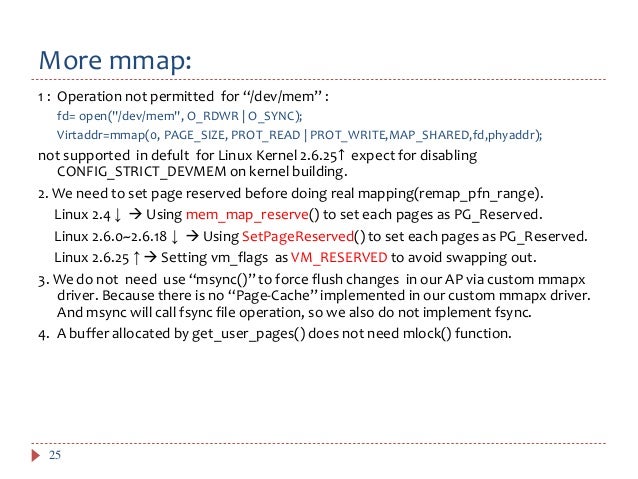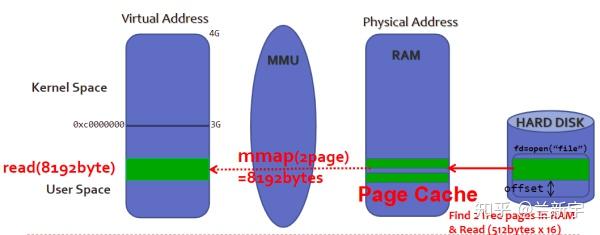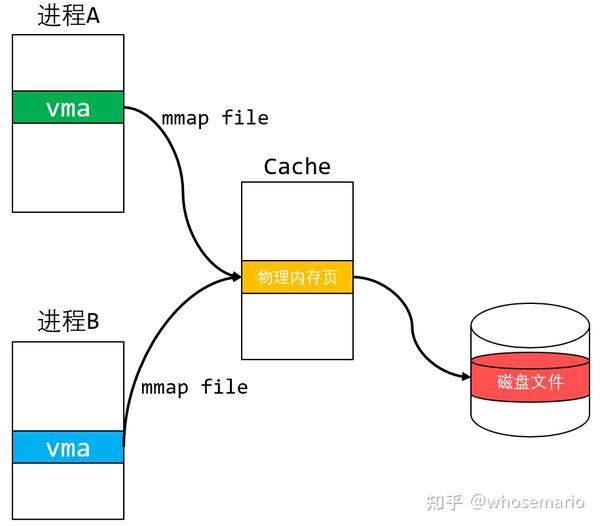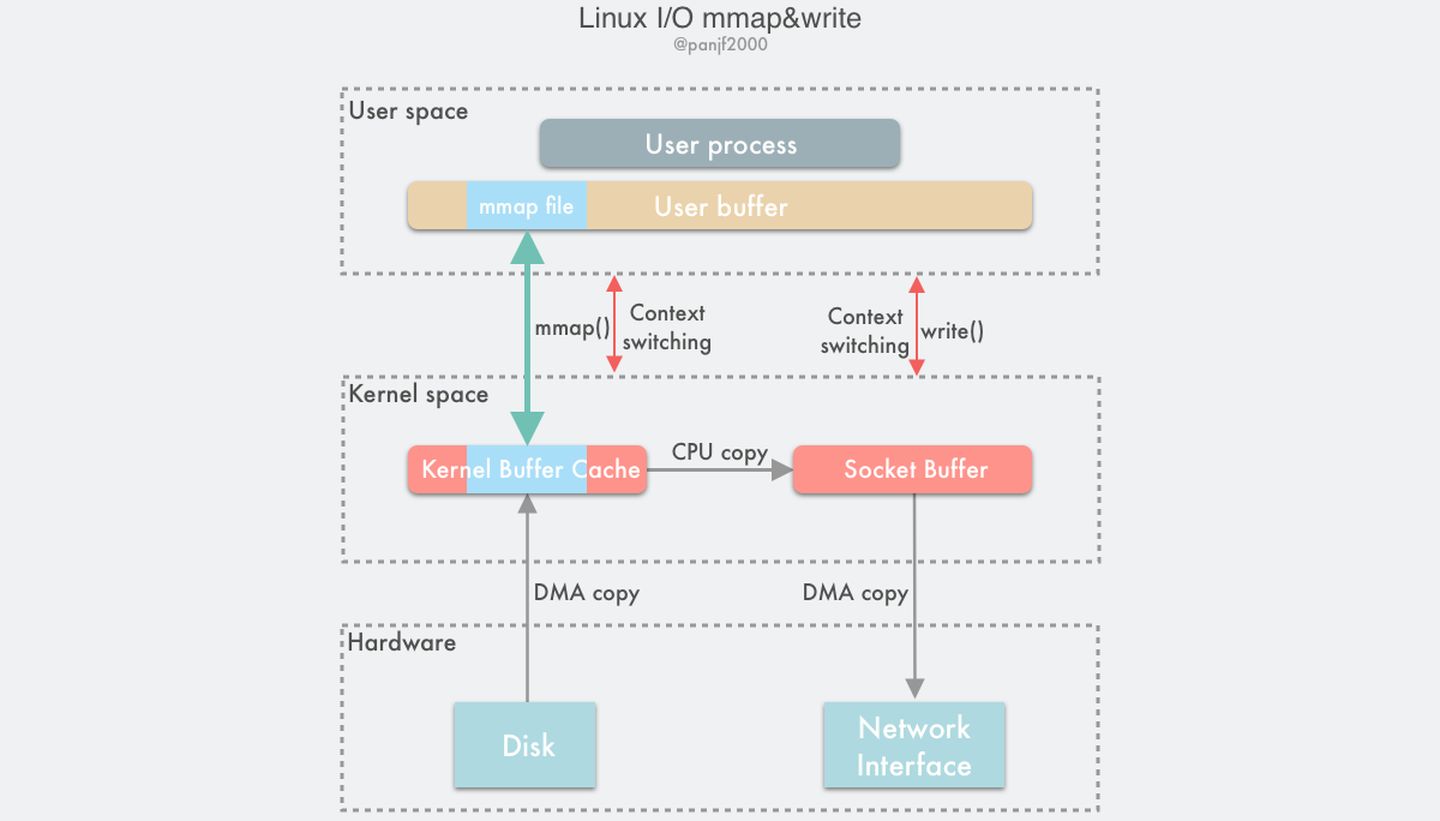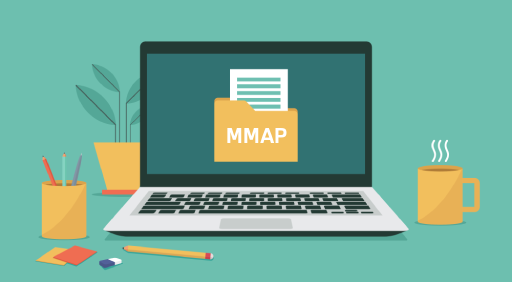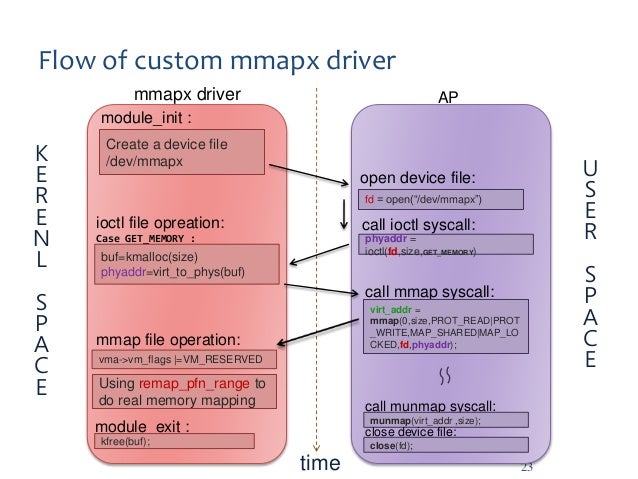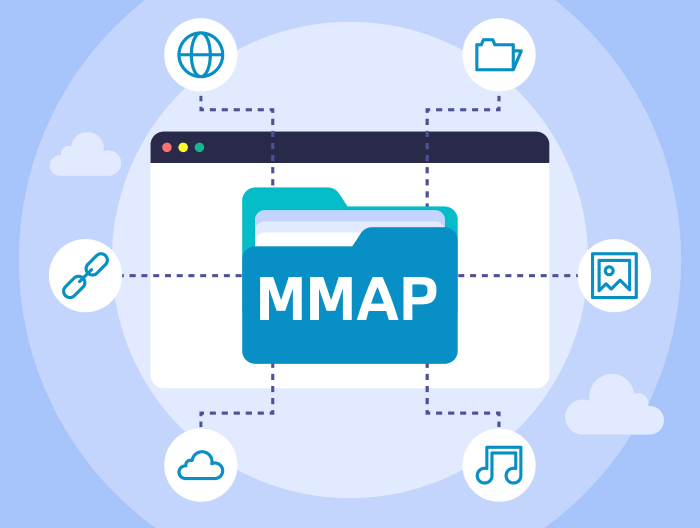Mmap Read File. Once the file is stored on that location in memory, does it stay there till munmap is called? In either case you must provide a file descriptor for a file opened for update. The file is unmapped by the operating system if the process terminates. And does it allocate and lock space for that file too? It can also be manually unmapped by calling munmap from < sys/mman.h >. When I work with the allocated pointer, the memory does get backed to the file as desired. When this is done, the file can be accessed just like an array in the program. I was following this example: http://www.lemoda.net/c/mmap-example/index.html My code looks like this mmap () creates a new mapping in the virtual address space of the calling process.

Mmap Read File. This example C program illustrates the use of mmap to map a file which has been opened read-only to memory. Does mmap provide a mapping of a file and return a pointer of that location in physical memory or does it return with an address of the mapping table? The argument offset instructs the program to create a memory map of the file after certain bytes specified in the offset. A memory-mapped file is created by the mmap constructor, which is different on Unix and on Windows. Windows Mac Linux iPhone Android. , right-click on any MMAP file and then click "Open with" > "Choose another app". Mmap Read File.
In either case you must provide a file descriptor for a file opened for update.
You can also read and write data starting at the current file position, and seek () through the file to different positions.
Mmap Read File. Windows, Mac, and iOS operating systems can be used to view MMAP files. A memory-mapped file is created by the mmap constructor, which is different on Unix and on Windows. How to solve problems with MMAP files. Now select another program and check the box "Always use this app to open *.mmap files". This is more efficient than reador write, as only the regions of the file that a program actually accesses are loaded.
Mmap Read File.

